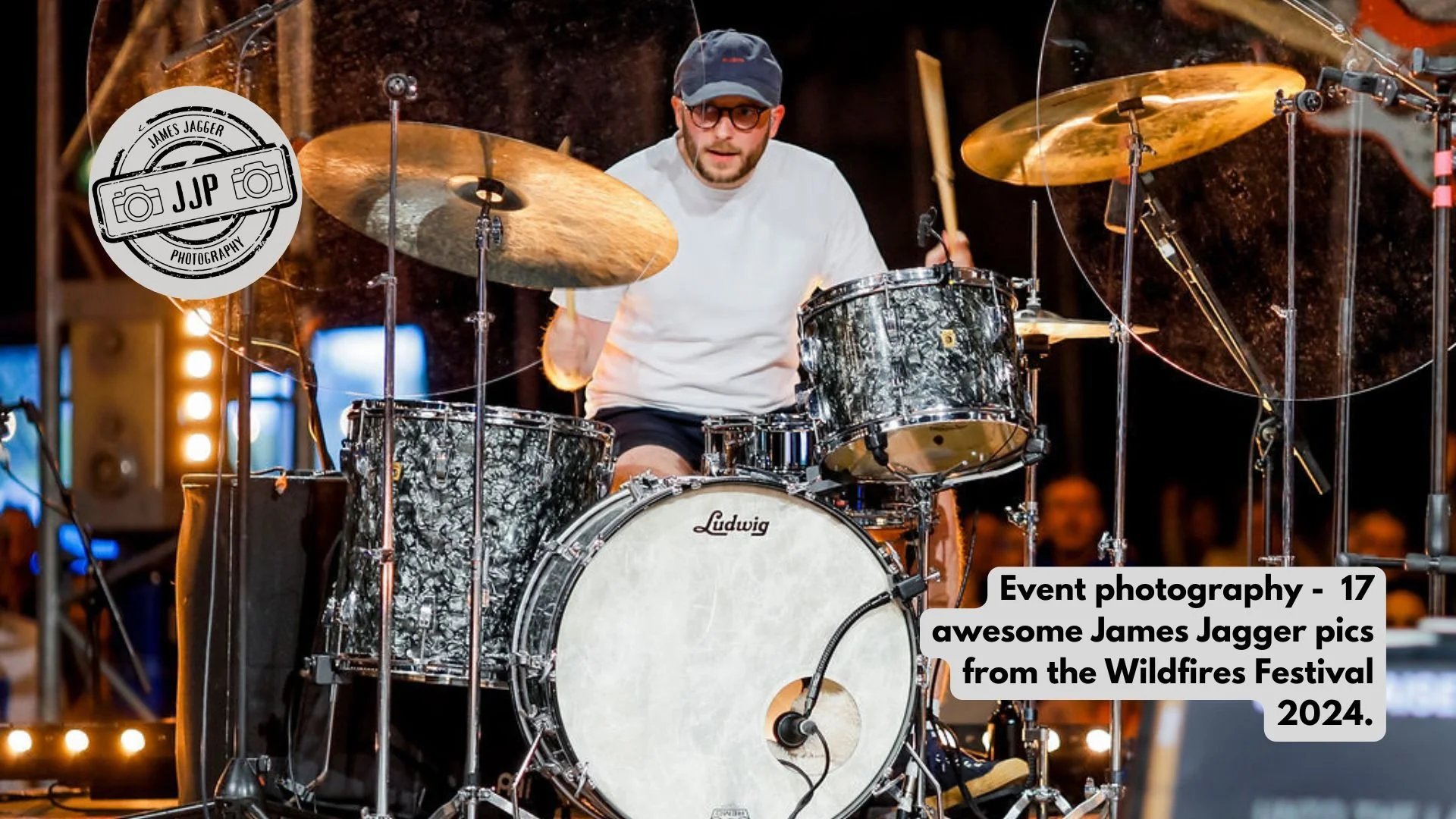Photojournalism - 7 types of photojournalism with James Jagger Photography
Photojournalism is a broad-ranging topic with professional photographers who occupy the space tending to specialise in a few different niches. Photo ace James Jagger is no different. The professional lensman certainly has his favourite subject matter, driven often by circumstance and location. Here are 7 different types of photojournalism, some of which James is experienced with.
What is photojournalism?
Photojournalism has a few main points to keep in mind which make it so..
Relevance is the first key point. If it’s not relevant then nobody will care.
Photojournalism needs to be timely. Especially if it’s something like weather phenomena (see below).
Objectivity is an integral part of photojournalism.
Photojournalism should be a narrative of the subject matter.
Aesthetically interesting images are par for the course.
Weather phenomena and storm chasing photojournalism.
Storm chasing and photographing weather events is a particular passion of James’. Being a windsurfer Mr Jagger is often preoccupied with the weather. But as a Brit also, he’s keenly aware that as a nation we’re all slightly obsessed. Even more so when an Atlantic storm swings in.
Storms and ‘weather’ are often news fodder for national press and media outlets. Strong winds and rain are always reported on, Which always requires illustration in the form of professional photos. And with James ever at large and ready to capture these weather events, he’s a prime candidate for getting his storm-chasing photojournalism into the papers and on websites.
Wildlife photography.
Another area of expertise for James Jagger is wildlife photography. This, for a large number of photographers, is a hobby topic. The natural world makes an interesting choice of subject matter. For JJ, however, it goes a little further than this.
Wildlife photohgraphy is a passion of James’
Keeping his Alamy Live News Team work in mind photographing wildlife is another area of photojournalism that can lead to image sales. Unlike a hobbyist, wildlife photojournalism is more about documenting proceedings than doing it as something pleasant merely to simply pass the time.
General news photojournalism.
A professional photographer focusing (no pun intended) on general news needs to have a nose and eye for a story. This could relate to anything. But understanding what news editors look for is key. Knowing what sells a publication or acquires traffic (if it’s a website) is a skill in itself.
A potentially tricky aspect of photojournalism chasing news stories requires the photographer to be roving and ever at large. It can be harder if the photojournalist is covering a large geographical area. Many photojournalists tend to stick to their local patch as it’s easier to be on the scene quicker. James is no stranger to general news photojournalism but it’s hard work and demands a lot of flexibility.
Portrait photography.
Portrait photography is another area that’s quite popular for professional photographers erring towards the journalistic side of the job. This is most commonly associated with celebrity news stories. Think red carpet images snapped at various events that take place throughout the year.
Javier Baja coprorate photpshoot portrait.
James has dabbled with this side of professional photography. Although his main portrait photo work is in the traditional sense where the subject pays to have a series of photos shot in a specific setting. You can check out more info about James’ portrait photography here.
Sports event photography.
Sports event photography is something Mr Jagger gets involved with regularly. He’s called to be on hand regularly by various sporting clubs and associations in and around the Surrey area. The same with things like music events and gatherings.
Farncombe FC shoot.
Whilst these might not be national news worthy their journalistic merit in the local sense of the word is still intact. As a documentarian, James captures these moments for various uses. Inhouse reporting of club football games for instance. Or local tennis tournaments that can be ‘played’ back to members and fans. Find out more about James’ sports event photography work here
Obituary photography.
When someone passes away there can be a need to document proceedings. The deceased may be someone famous. In which case there could be national news story interest. Equally obituary photography could be on the lower key side and requested by friends and family.
Some local obituaries appear in local newspapers and on websites. This is where the photojournalist's job helps to illustrate things. There are professional photographers who do this kind of work often.
Feature photojournalism.
Feature photojournalism is where an event is staged. A pre-conceived story, such as a celebrity interview, is mapped out with the need for accompanying pictures. Professional photographers work with journalists and the subject to understand what’s required.
Features are often longer form articles that appear in magazines and on websites. They’re not usually breaking news stories. Although lines can often be blurred with all of this. Open any weekend newspaper supplement and you’ll find feature photojournalism at work.
Summing up.
Being a photojournalist requires skill and a specific mindset. You need to know what makes a good story and what news editors want to see. Or how they can use your photos for illustrative purposes.
James has been doing this kind of work for years with Alamy and is widely experienced. His photojournalist skills are also transferable to other areas of his professional photography work, such as wedding photography
To contact James and discuss the requirements of your project click this link..










